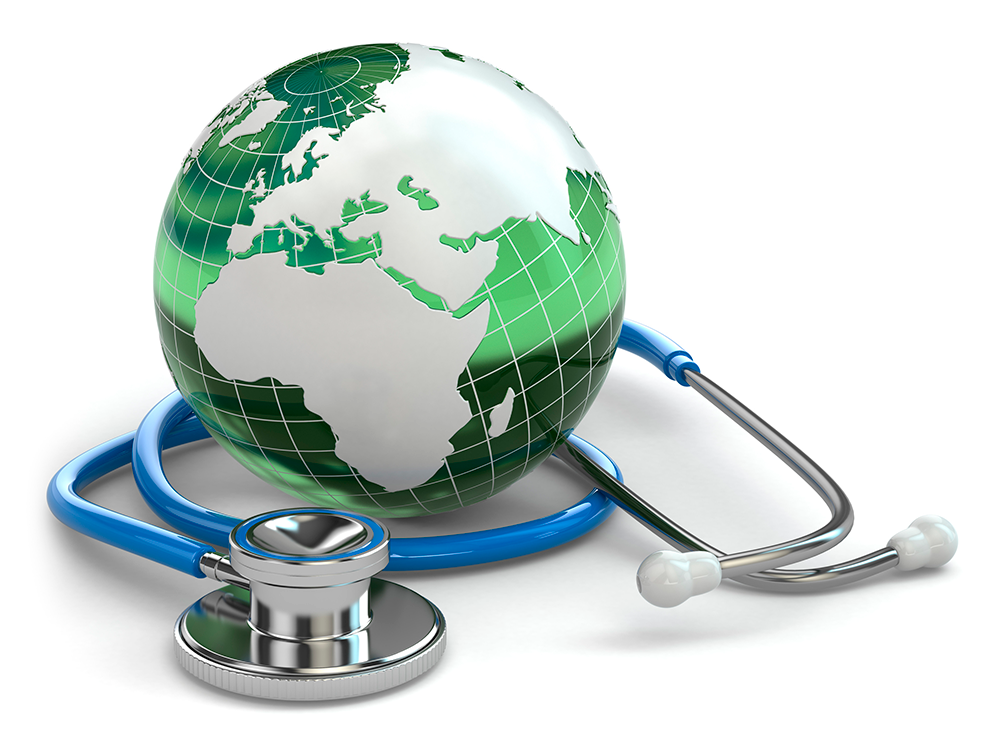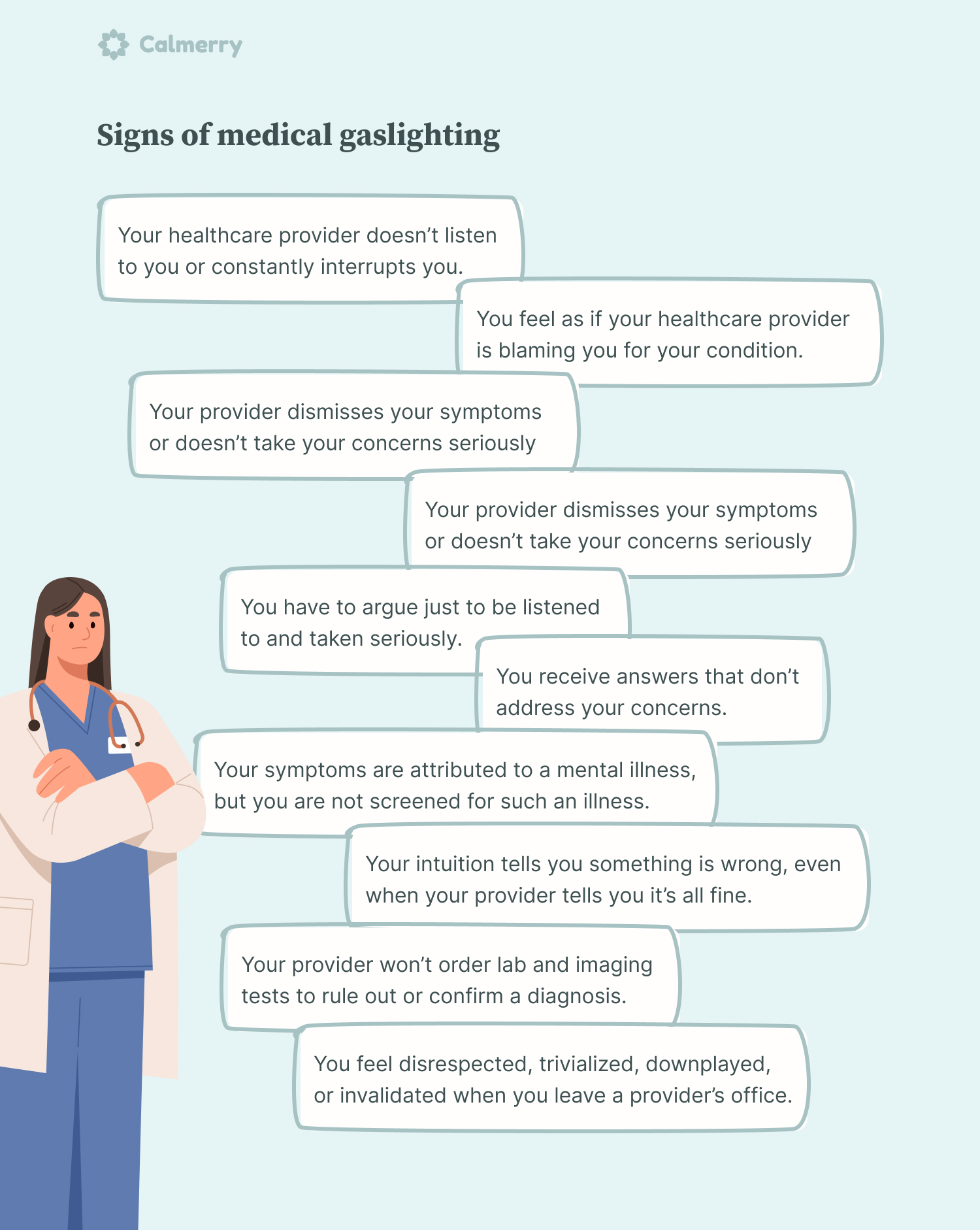Global health encompasses the collective efforts to address health challenges that transcend national borders, impacting populations globally. The recent critiques from thought leaders like Atul Gawande highlight crucial concerns regarding public health infrastructure, especially in the context of U.S. Agency for International Development (USAID) programs. As budget cuts and staff reductions threaten essential initiatives designed to combat infectious diseases and improve maternal health, the urgency of robust global health leadership becomes all the more apparent. It is imperative that we advocate for strong health infrastructures to support vulnerable communities worldwide. Through collaborative efforts and a renewed commitment to scientific advancements, we can bolster global health outcomes and address the disparities that persist in healthcare access and quality.
The domain of international health plays a critical role in facilitating the well-being of communities across the world, addressing issues that affect people regardless of their geographical location. This vital sector, often intertwined with elements of public welfare and humanitarian aid, draws upon the expertise of organizations like the U.S. Agency for International Development (USAID) to implement effective programs aimed at improving health services globally. With leaders such as Atul Gawande advocating for improved health systems, the focus is placed on establishing strong health infrastructure to ensure sustainable access to medical care. The commitment to enhancing global health standards is not just a national responsibility, but a shared human obligation to foster equity and resilience against health crises. As we face challenging times, the call for innovative solutions and capable leadership in global health continues to resonate, emphasizing the need for action and collaboration.
The Impact of USAID’s Budget Cuts on Global Health
Atul Gawande’s reflections on the dismantling of USAID highlight the severe consequences of budget cuts on global health initiatives. The reduction of staffing and programs has not only jeopardized health infrastructure in developing countries but has also diminished the U.S.’s traditional role as a global health leader. By disrupting essential services, such as disease surveillance and maternal health initiatives, millions of vulnerable populations are left without the necessary support to combat health crises effectively.
Moreover, the abrupt termination of USAID programs targeting diseases such as malaria, tuberculosis, and HIV has far-reaching implications. In regions where these diseases are prevalent, the loss of resources and support can lead to increased mortality rates and hamper progress made over the years. The effectiveness of prior assistance had already shown remarkable improvements in health outcomes; reversing this progress is a daunting task that calls into question the future of global health initiatives.
Restoring Health Infrastructure: A Call for Innovation
Gawande emphasizes the urgency of rebuilding the damaged health infrastructure and fostering global health leadership once more. This recovery process hinges on innovation, collaboration, and investment in scientific research—elements crucial to revitalizing weakened health systems. Initiatives must focus on sustainable solutions that empower local health services and ensure that healthcare workers are equipped with the necessary resources to address urgent health challenges.
The need for innovation goes beyond merely restoring previous frameworks; it involves reimagining how health systems operate. With the integration of modern technology and data-driven approaches, public health initiatives can become more adaptive and efficient. Gawande’s experience at USAID serves as a powerful reminder of the potential impact well-coordinated programs can have, making the case for renewed commitment to global health efforts.
Future of Public Health Initiatives Post-USAID Cuts
Public health initiatives are at an unprecedented crossroads following the substantial cuts to USAID. The disruption in funding has raised concerns about the continuity of programs that accounted for significant health improvements worldwide. Gawande’s insights are a wakeup call for stakeholders and advocates in public health to recognize the necessity of reshaping strategies that prioritize the health and safety of communities globally.
As the landscape of global health funding shifts, new models for collaboration will be essential. Countries that historically relied on U.S. support may need to forge new partnerships with other nations or leverage local resources to maintain health services. By focusing on building resilience and self-sufficiency within health systems, we can hope to mitigate the adverse effects of these budget cuts and pave the way for a stronger public health framework.
The Role of Education in Global Health Advocacy
Education plays a pivotal role in the ongoing advocacy for global health, particularly in light of the challenges faced by USAID and similar organizations. Gawande’s encouragement for students and faculty to remain committed to health sciences underlines the importance of cultivating a new generation of leaders equipped to navigate the complexities of healthcare delivery. Through interdisciplinary education, future leaders can develop innovative solutions tailored to the unique health needs of different populations.
Furthermore, global health education should not only focus on medical knowledge but also emphasize the importance of understanding policy, economics, and social determinants of health. As future global health leaders rise to address pressing health issues, they will require strong advocacy skills to influence policy changes and secure the necessary investments to revitalize health infrastructure and support essential programs.
Strengthening Partnerships for Health Innovation
The current global health landscape highlights the critical need for strengthened partnerships across various sectors. Gawande’s discussion about the support from universities and medical centers reflects the necessity of collaborative efforts to create viable solutions in health care delivery. By forging partnerships among governments, non-profit organizations, academia, and private sectors, resources can be pooled effectively to address health challenges faced by communities.
Such partnerships can drive innovation by fostering the exchange of knowledge and expertise, ultimately leading to improved outcomes in global health. The collaborative approach will also facilitate the development of strategies that are contextually relevant and culturally appropriate, ensuring that health interventions are not only effective but also sustainable in the long-term.
The Importance of Resilience in Health Systems
As Gawande points out, resilience is a crucial attribute of effective health systems, especially in times of crises. The recent cuts to USAID have unveiled vulnerabilities within global health structures that must now adapt to survive. Building resilience means reinforcing not only the existing health infrastructure but also preparing for future challenges through strategic planning and investment.
Health systems must evolve to incorporate flexible response strategies capable of adjusting to fluctuating circumstances, whether due to political, economic, or environmental changes. Enhancing resilience in global health systems will enable them to mitigate the impact of unexpected disruptions and maintain consistent service delivery, ultimately safeguarding the health of populations worldwide.
Rediscovering the Essence of Public Health Programs
Public health programs have historically been the backbone of effective disease prevention and health promotion strategies. Gawande underscores the crucial need to ‘rediscover’ the essence of these programs in light of recent challenges. By focusing on fundamental public health principles—such as access to healthcare, vaccination campaigns, and disease surveillance—stakeholders can rejuvenate initiatives that serve to protect and improve health outcomes for marginalized populations.
Moreover, reinvigorating public health programs involves not only funding but also a renewed commitment to workforce development. Training healthcare professionals and community health workers to respond to public health challenges ensures that countries have the necessary human resources to tackle health issues head-on. With a focus on building back stronger, public health initiatives can once again effectively contribute to ensuring health equity globally.
Advocating for Strong Global Health Leadership
The need for strong global health leadership has never been more apparent, especially as Gawande warns of America’s potential retreat from this vital role. Effective global health leadership involves advocating for policies that address social determinants of health, ensuring that health equity is at the forefront of decision-making. As the challenges of public health continue to evolve, it is essential for leaders in health to not only understand the local context but also to engage in international dialogue and collaboration.
Emerging leaders in global health are tasked with bridging gaps and mobilizing resources to address pressing health issues. By promoting transparency, accountability, and communication, these leaders can inspire collective action toward rebuilding the essential networks that support health programs across nations. Continuous investment in leadership capacity will be key to fostering a future where global health thrives.
The Path Forward: Lessons from Gawande’s Experience at USAID
Gawande’s tenure at USAID offers valuable lessons for future global health initiatives. His experience in streamlining health responses to crises, such as disease outbreaks, showcases the importance of agility and preparedness in health systems. Learning from these experiences, global health programs should incorporate adaptive strategies that allow for quick pivots in response to health emergencies, ultimately saving lives and resources.
In addition, Gawande emphasizes the importance of follow-through—an integral part of implementing health programs. Having a plan is only the first step; ensuring its execution with efficiency and accountability is what ultimately leads to impactful outcomes. By integrating these lessons into future strategies, stakeholders can enhance the effectiveness of global health initiatives and build a more robust public health landscape.
Frequently Asked Questions
What is the role of USAID in global health initiatives?
USAID, or the U.S. Agency for International Development, plays a crucial role in global health initiatives by funding and implementing programs that address critical health issues, including maternal and child health, infectious diseases, and health infrastructure development in various countries. Through partnerships and technical assistance, USAID aims to enhance health outcomes and strengthen healthcare systems around the world.
How has Atul Gawande contributed to global health leadership?
Atul Gawande, a prominent surgeon and author, significantly contributed to global health leadership during his tenure as the head of USAID’s Bureau for Global Health. His expertise and vision in improving public health initiatives focused on reducing maternal mortality, enhancing disease surveillance, and responding effectively to public health emergencies, ultimately aimed at establishing the U.S. as a leader in global health.
What challenges does global health face due to changes in USAID programs?
The recent dismantling of USAID programs has posed serious challenges for global health, resulting in a reduction of resources for critical initiatives that combat diseases like HIV, tuberculosis, and malaria. The loss of funding and personnel has created a void in health infrastructure and monitoring capabilities, undermining progress made in global health over the years.
What are some key achievements of USAID in enhancing global health outcomes?
USAID has achieved notable successes in global health, such as significantly reducing maternal and child mortality rates, improving treatment access for HIV and tuberculosis, and enhancing emergency response times to infectious disease outbreaks. These accomplishments highlight the agency’s capability to drive impactful public health interventions across various nations.
Why is it important to support health infrastructure for global health?
Supporting health infrastructure is vital for global health because it lays the foundation for effective delivery of healthcare services, disease prevention, and emergency response. Strong health systems enable countries to better manage their health challenges, respond to public health crises, and improve overall health outcomes for their populations.
How can individuals contribute to global health initiatives?
Individuals can contribute to global health initiatives by advocating for health policies, supporting charities focused on global health issues, volunteering their time or resources, and promoting awareness about health challenges faced by communities worldwide. Every effort, no matter how small, helps advance the goals of improving global health.
What impact do partnerships have on public health initiatives?
Partnerships are vital to public health initiatives as they leverage resources, expertise, and technology from various stakeholders, including governments, NGOs, and academic institutions. Collaborative efforts enhance the effectiveness of health programs, allowing for innovation and improved health service delivery, ultimately resulting in better health outcomes in targeted communities.
How does the current climate affect global health leadership?
The current political climate has raised uncertainties regarding global health leadership, particularly in the U.S. Reduced funding and support for agencies like USAID may limit America’s role in international health efforts. However, this shift also presents opportunities for other nations and local leaders to step up and fill the leadership void in global health.
| Key Point | Description |
|---|---|
| Impact of USAID Cuts | The dismantling of USAID by the Trump administration has caused significant damage to global health initiatives and infrastructure. |
| Call to Action | Atul Gawande encourages stakeholders to remain committed to health and science and to work towards restoring and improving global health. |
| Successes of USAID | Under USAID, significant progress was made in combating diseases and improving health outcomes, including reducing response times to outbreaks. |
| Challenges Ahead | Despite setbacks, Gawande remains hopeful for the future of global health, urging future generations to be prepared to lead. |
Summary
Global health stands at a critical juncture, underscored by Atul Gawande’s insights into the devastating effects of recent cuts to USAID. His reflections highlight the urgent need for reinvestment in health systems and infrastructure to address the challenges posed by diminished federal support. The resilience of global health initiatives depends on the commitment and expertise of future leaders, as new collaborations and solutions will emerge to fill the void left by the United States. Gawande’s call to continue pursuing effective health initiatives is a vital reminder that while the path may be fraught with challenges, the collective effort towards improving global health must persist.



